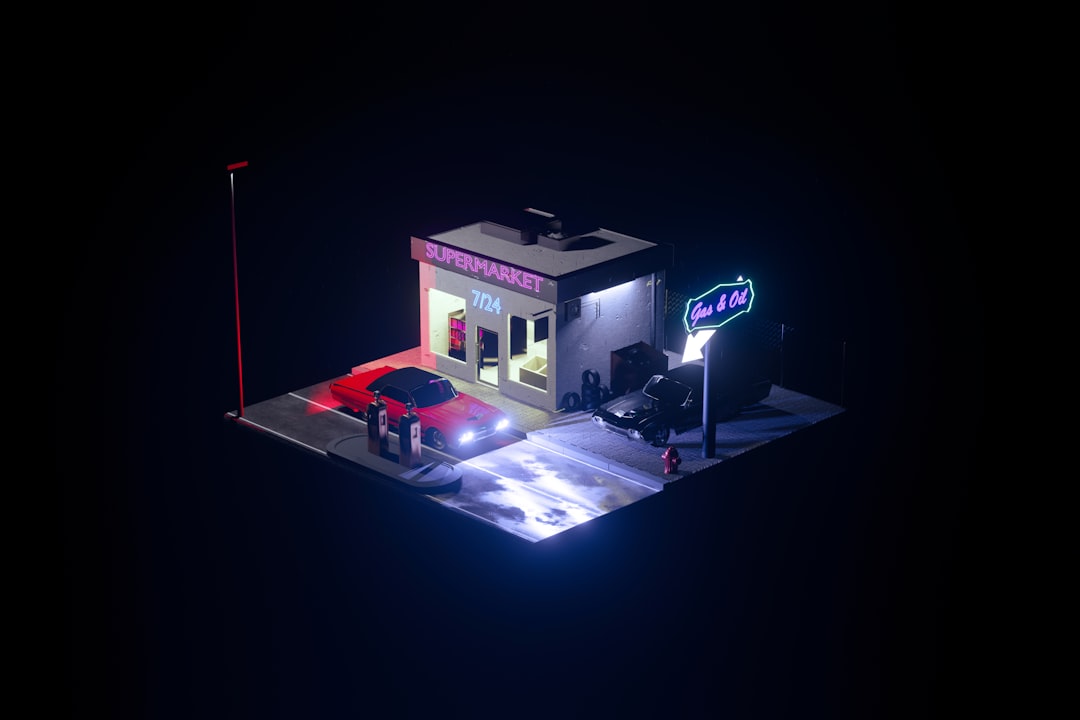Hyperautomation isn’t just buzz. Discover how combining AI, bots, and workflows can transform your operations from manual to seamless.
Manual Tasks Belong in the Past
Hyperautomation involves layering automations, AI agents, and integration so systems work together without human intervention. In 2025, it’s among the top business trends. :contentReference[oaicite:3]{index=3}
Small businesses that adopt hyperautomation early gain serious leverage.
1. Map Your Full Workflow
Start with a process you repeat daily—inventory restock, customer follow-up, reporting. Break down each step and ask: which parts can be automated?
2. Use AI Agents as Task Assistants
Chatbots, content assistants, or AI that drafts emails, summarises calls, or generates reports—these become your digital team.
3. Connect Everything Via API
Your POS, email, CRM, inventory, and analytics should talk. Hyperautomation combines them so one action triggers a cascade of responses—no manual handoff needed.
And yes—M&M POS fits into this hyperautomation vision. It can trigger downstream emails, stock reorder automation, loyalty triggers, and integrate with other tools to create seamless flows.
Final Thought
Hyperautomation is the difference between chasing tasks and orchestrating outcomes. As small businesses grow, that shift becomes the difference between stress and scalable operations.


